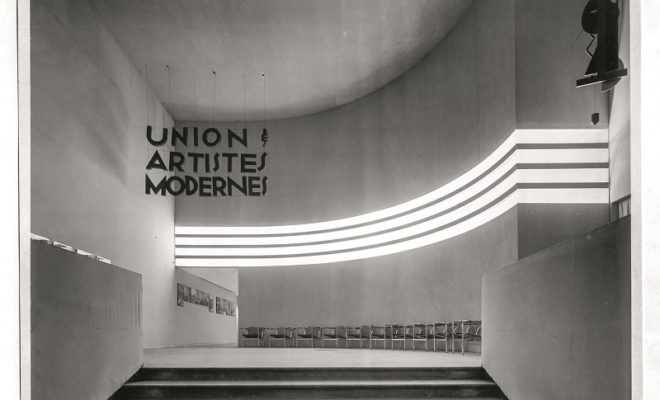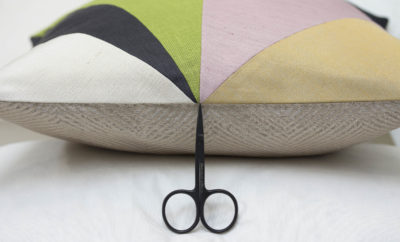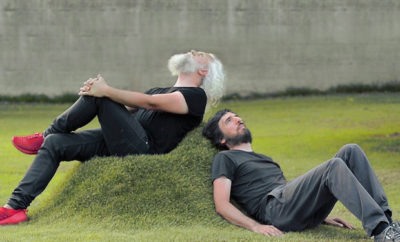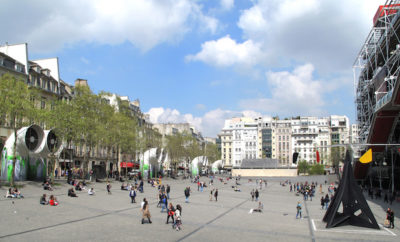
Exhibition
Engineered for Egalité
When the designer Jean Prouvé declared “there is no difference between the construction of an item of furniture and that of a house” he was expressing a fundamental belief of the Union des Artistes Modernes, formed in 1929 in Paris to promote democratic and modern practices while removing the hierarchy between the fine and applied arts. UAM, Une Aventure Moderne, Centre Pompidou’s vast summer show which runs until August 27, presents a marvelous opportunity to reconsider the evolution, purpose, and intentions behind of everyday modern objects that were exquisitely designed.
Prouvé’s handsome and ingenious reclining chair, designed between 1929 and 1930, might be seen as an emblem for the Union. Made of canvas and lacquered sheet steel—a material which could be inexpensively manufactured and delivered to the French public—it has a simple geometric form: rectangles for the seat and back and triangles at the footed base to support the weight of the human body. The chair can be folded up when not in use, saving space in a small apartment. The pragmatism of the design reflected an understanding of the way people would use the furniture, and that consideration is evident in the notes on Prouvé’s drawings, which show painstaking and thoughtful planning. It’s hard to imagine today how forward-thinking and how austere the chair must have seemed to contemporaries such as Emile-Jacques Ruhlmann and other makers of luxe Art Deco designs.
The UAM had 350 members and included renowned painters Fernand Leger and Robert Delaunay, sculptors Henri Laurens and Ossip Zadkine, and architects Le Corbusier and Walter Gropius, as well as other giants in the fields of design, cinema, furniture, tapestry, lighting, photography, jewelry, glass, silver, ceramics, and typeface. The show is filled with design treasures ranging from large (a Rolland Pilain racing car that won the Spanish Grand Prix in 1923) to small (Jean Puiforcat’s austere silver soup tureen). It includes a number of masterpieces in the decorative arts, such as Sonia Delaunay’s dazzling horizontal mosaic from 1954–1945, as well as household items like Philippe Charbonneaux’s Téléviseur Panoramic 111, a television set designed in 1957 that looks a Martian.
A little more than half way through the ten-room exhibition, atop a platform, the curators have placed an array of chairs, tables, and lounges made from the “new materials” of tubular steel and rubber, designed by the likes of Rene Herbst, Charlotte Alix, Louis Sognot, Le Corbusier, Charlotte Perriand, and Pierre Jeanneret. Behind the display, five enormous windows open onto a panoramic view of Paris. The furniture is set in dialogue with the volumes and lines of French architecture under the French sky. The effect is dazzling.













